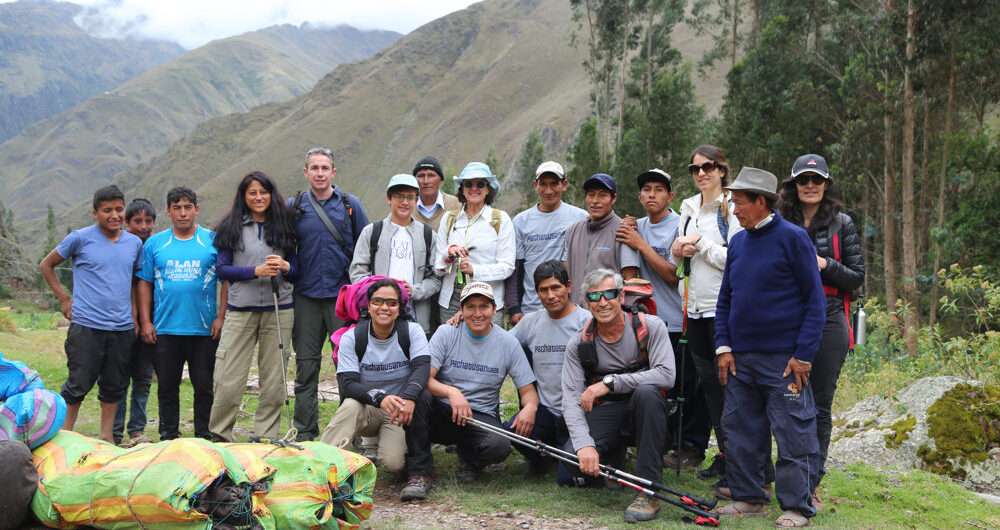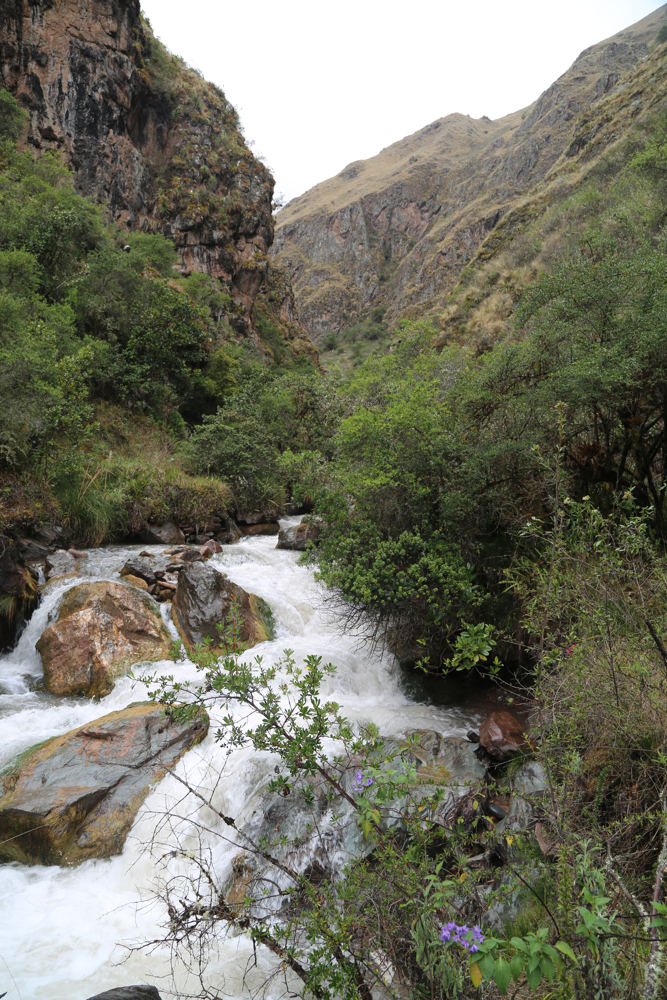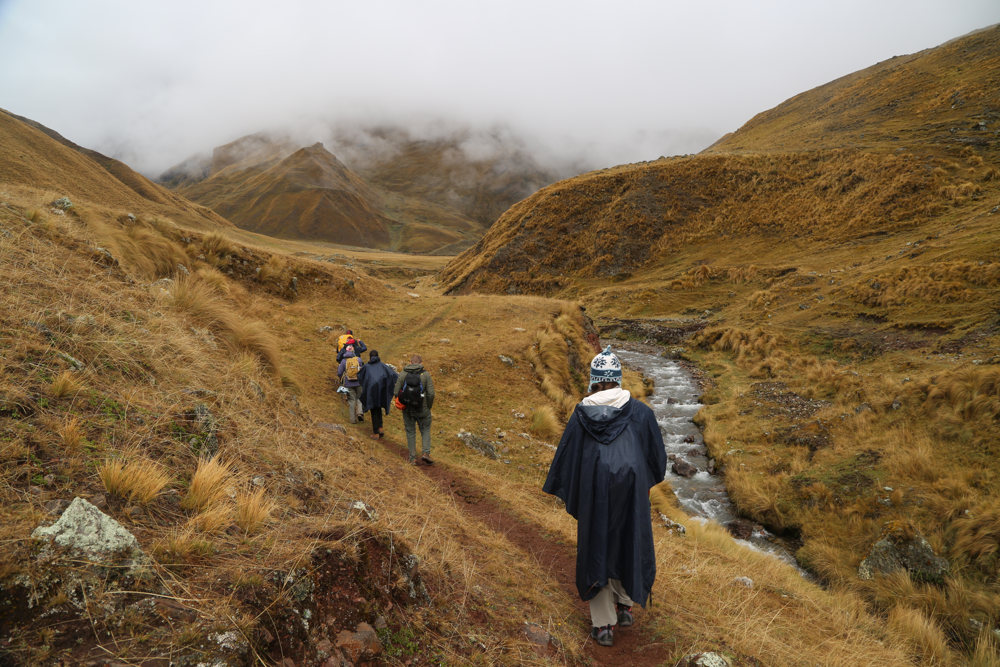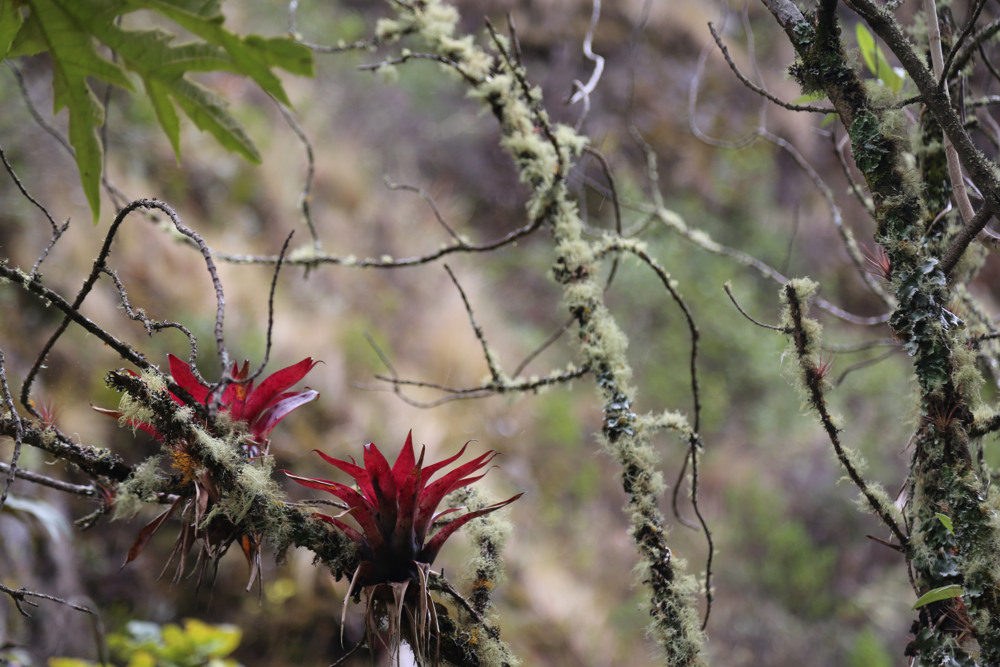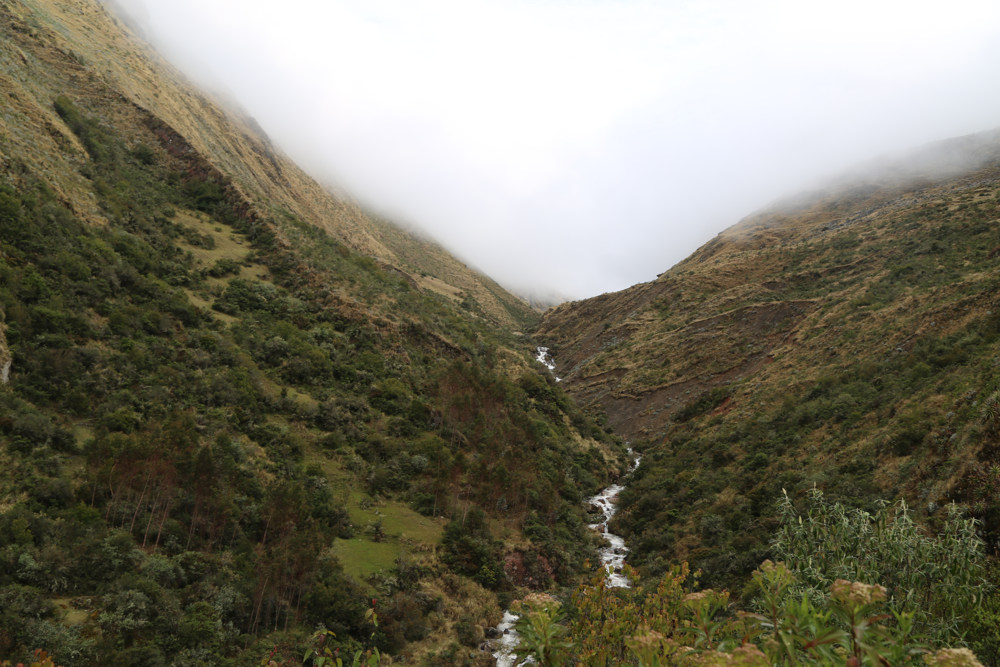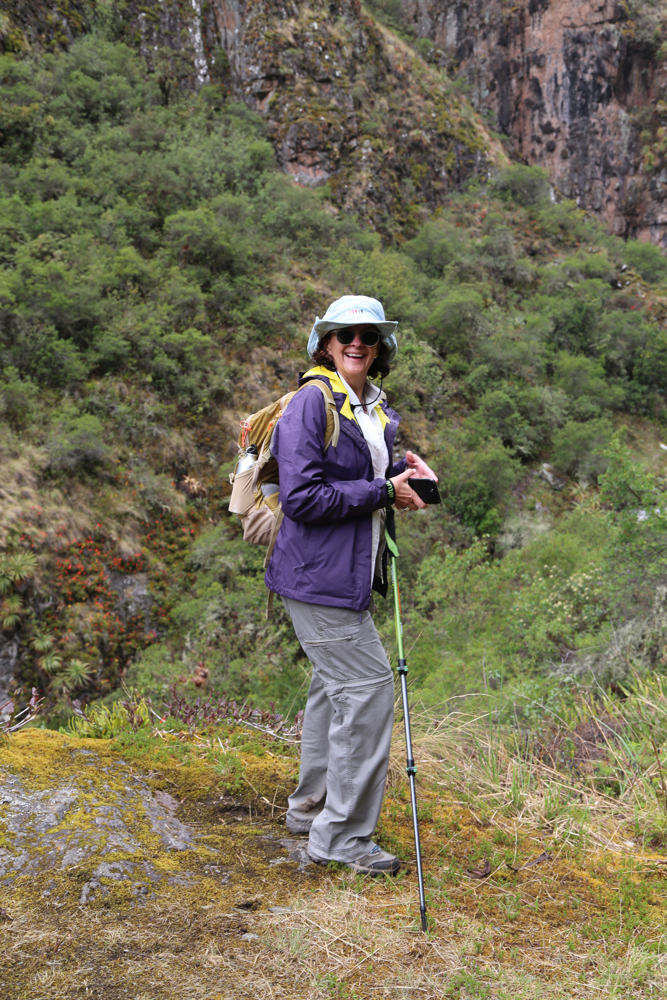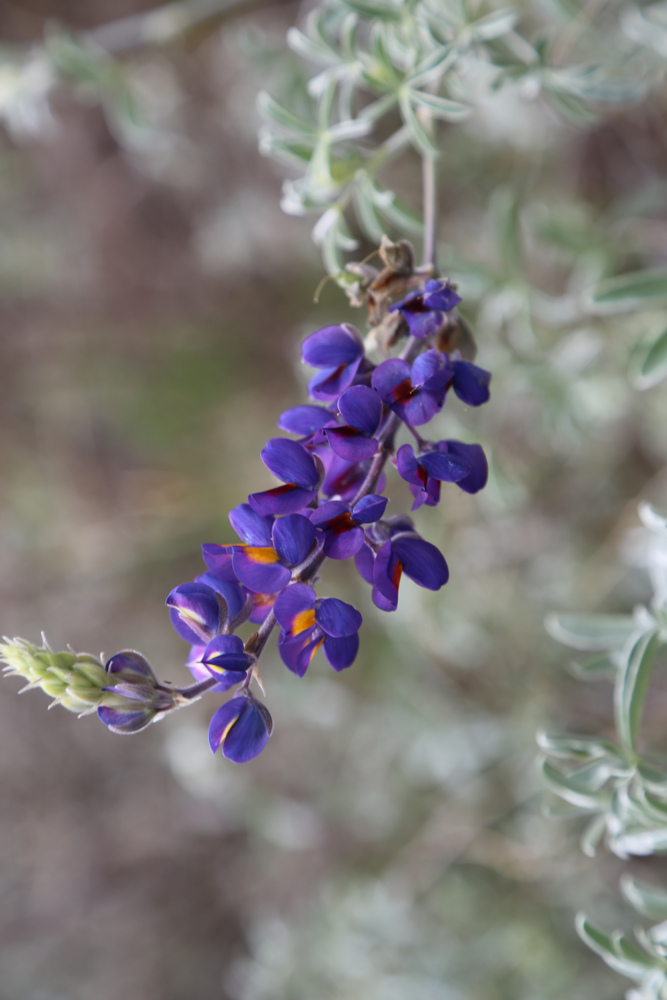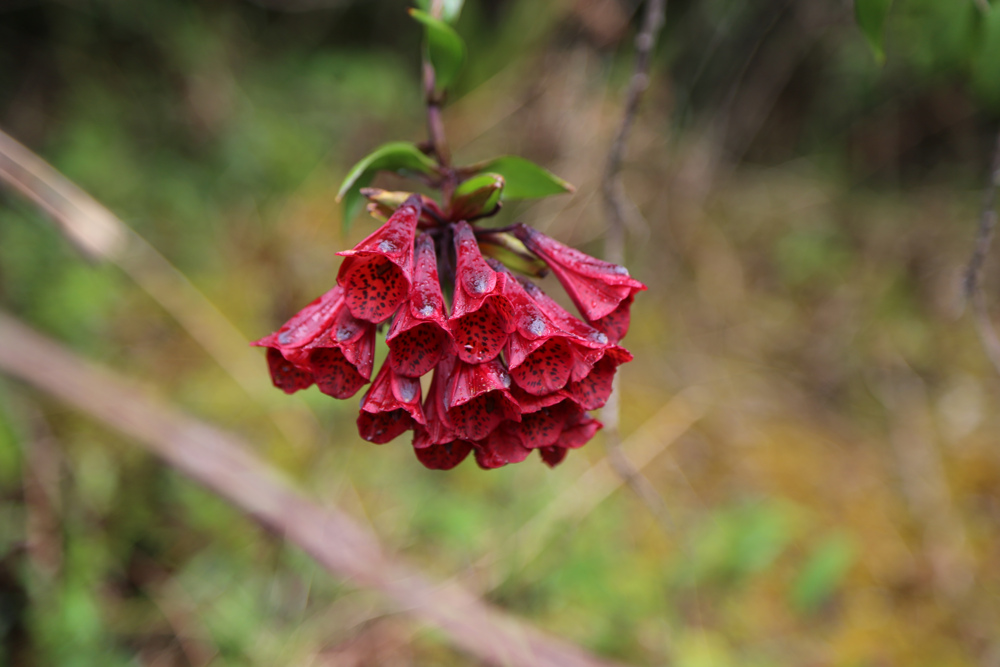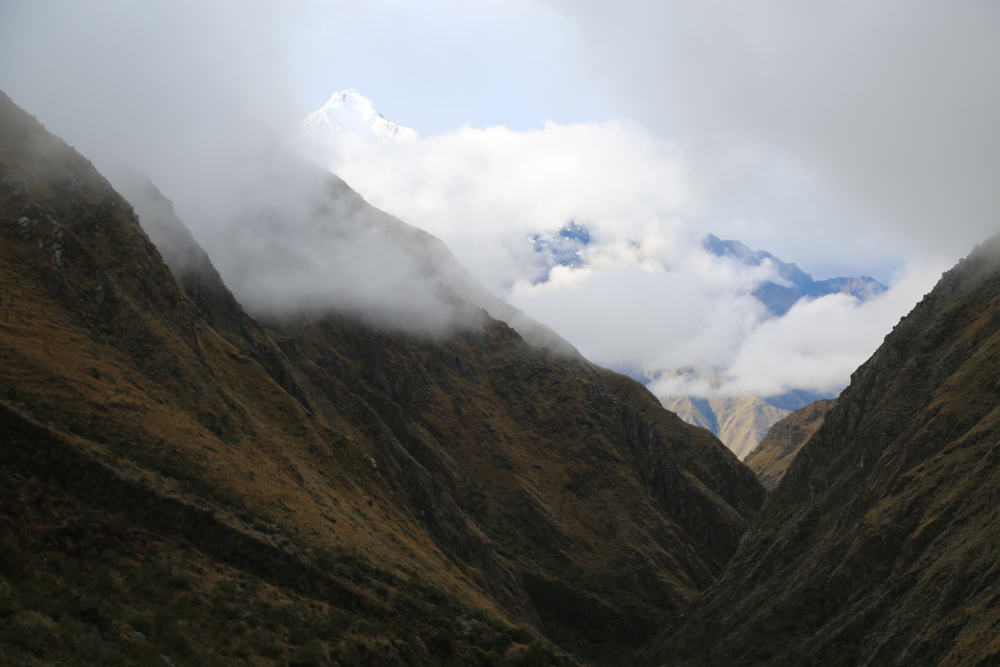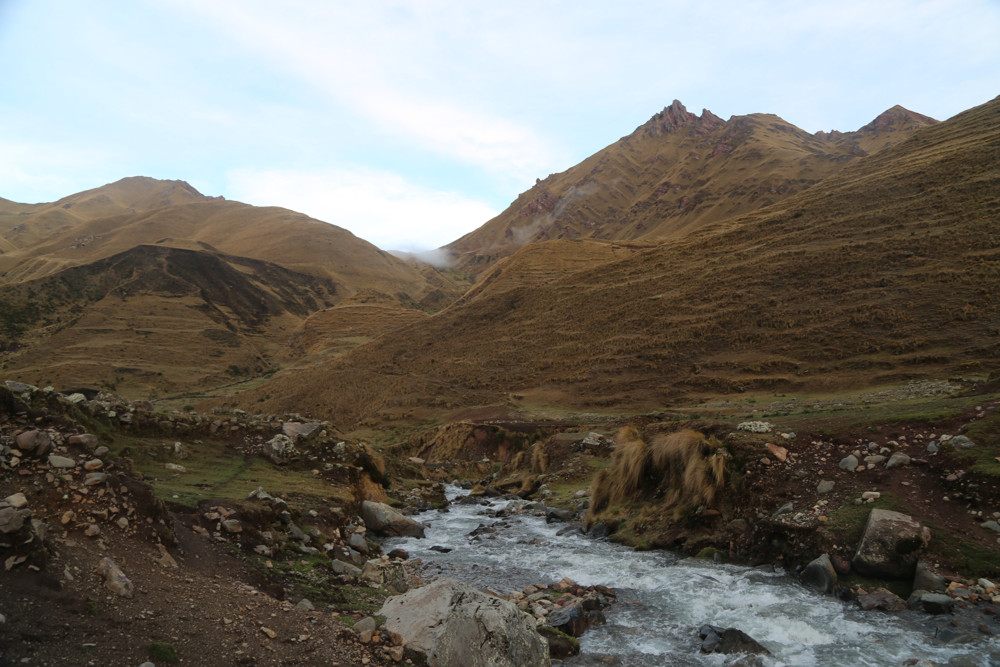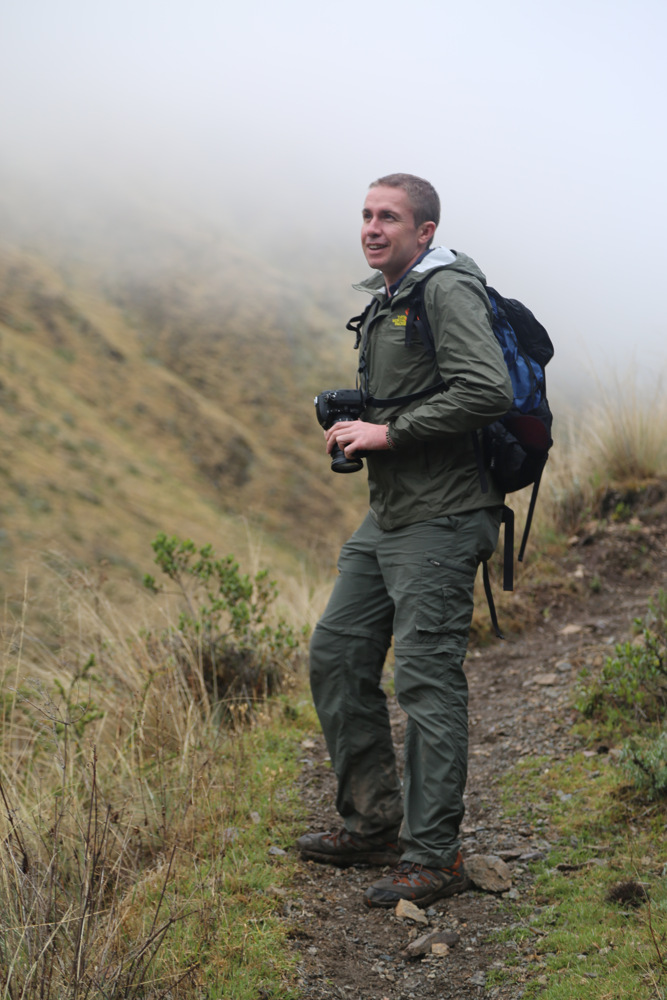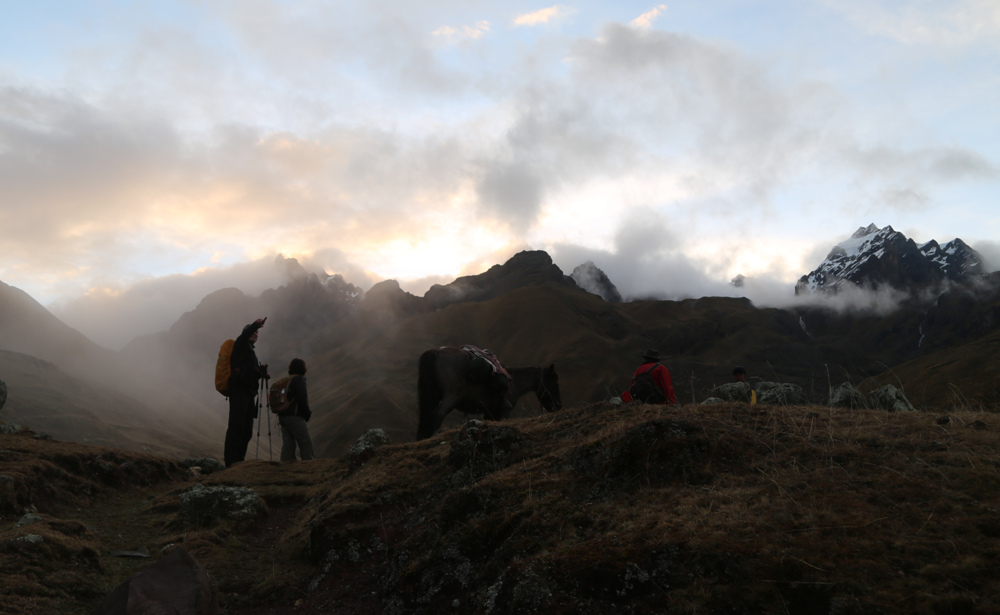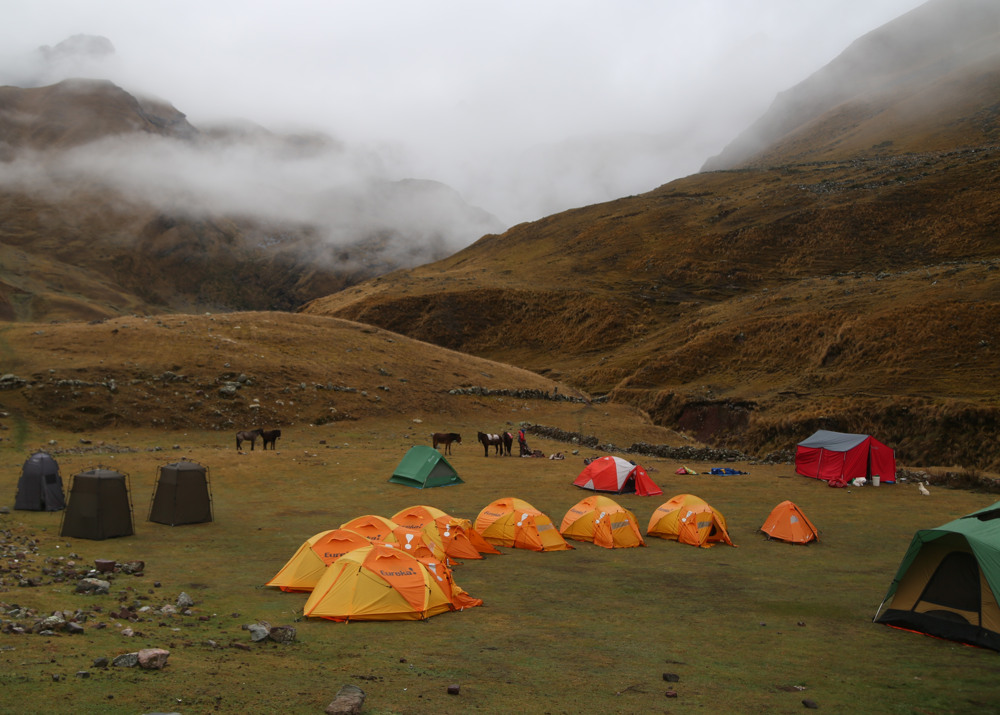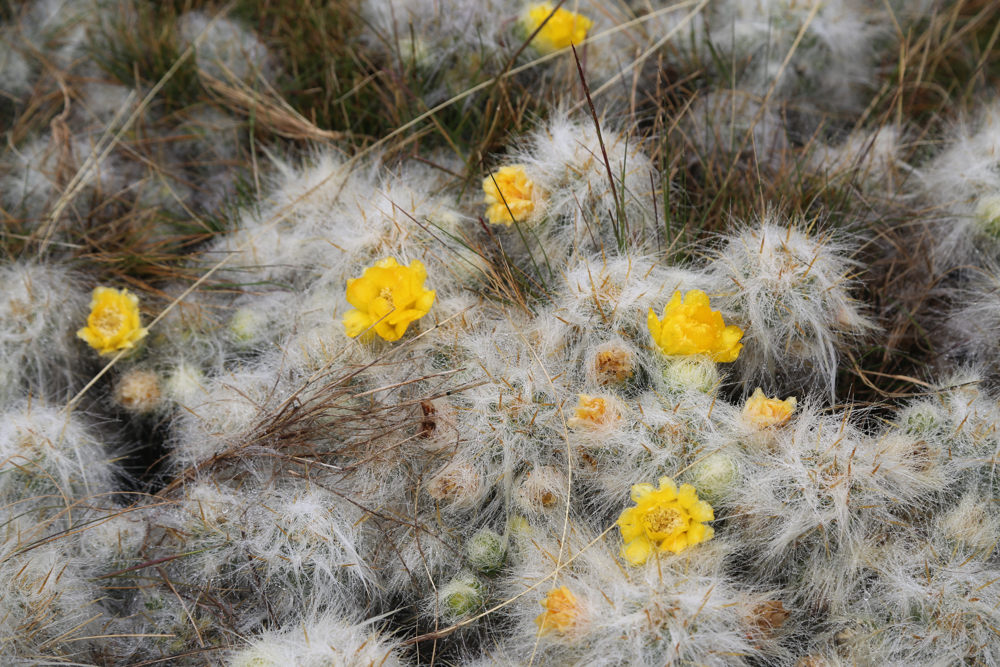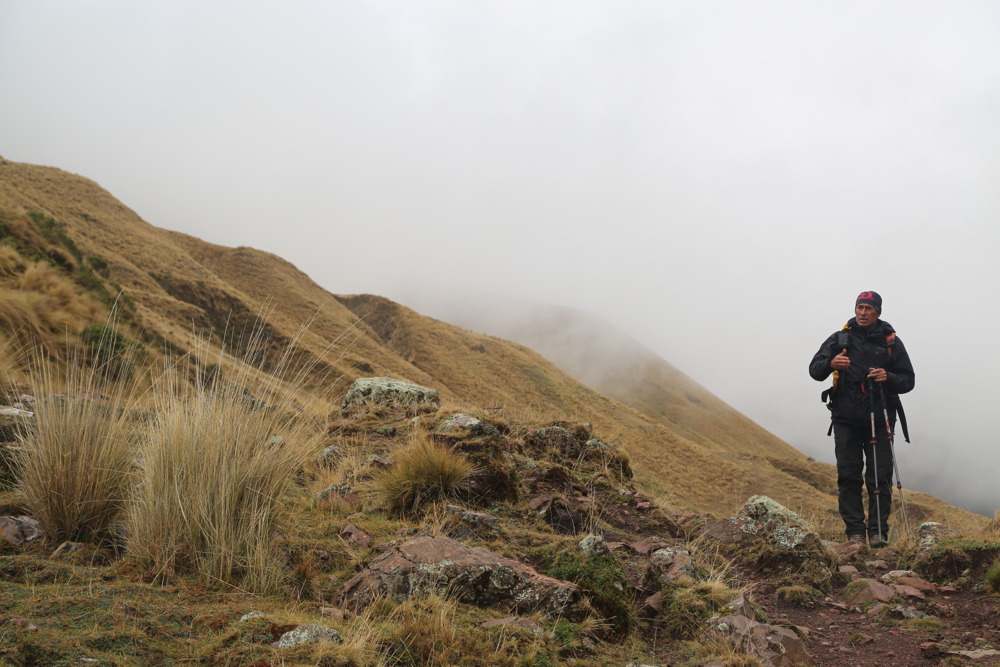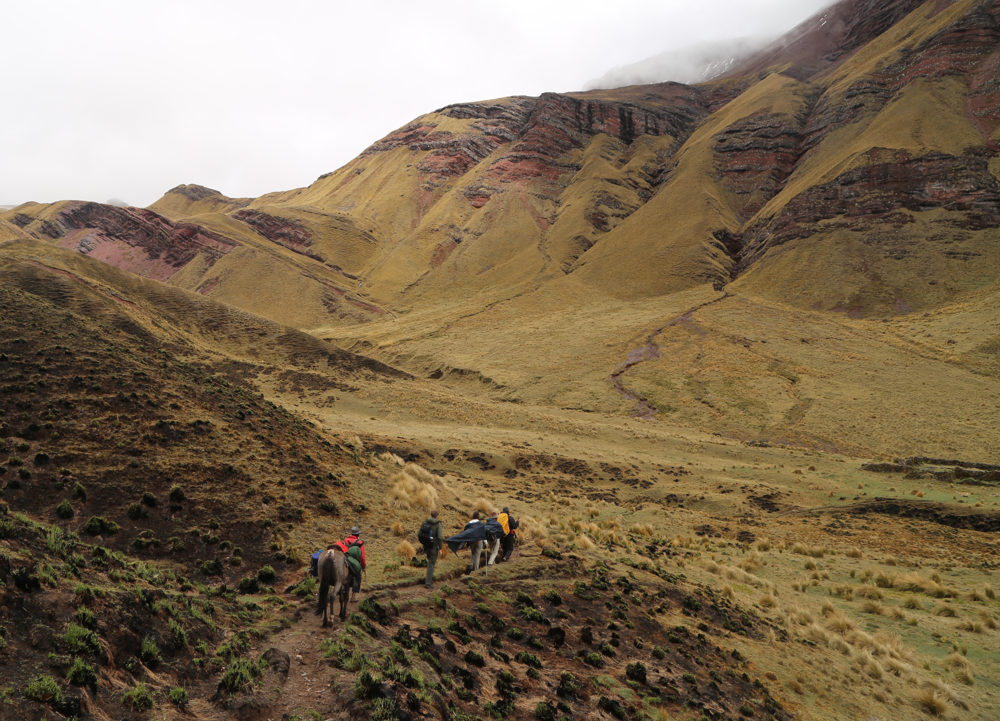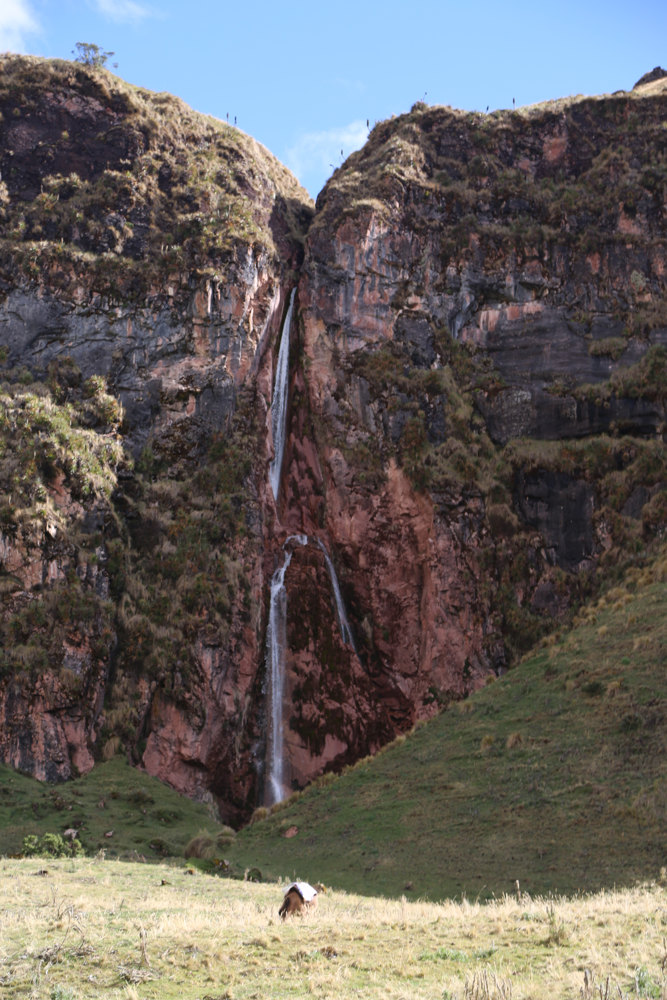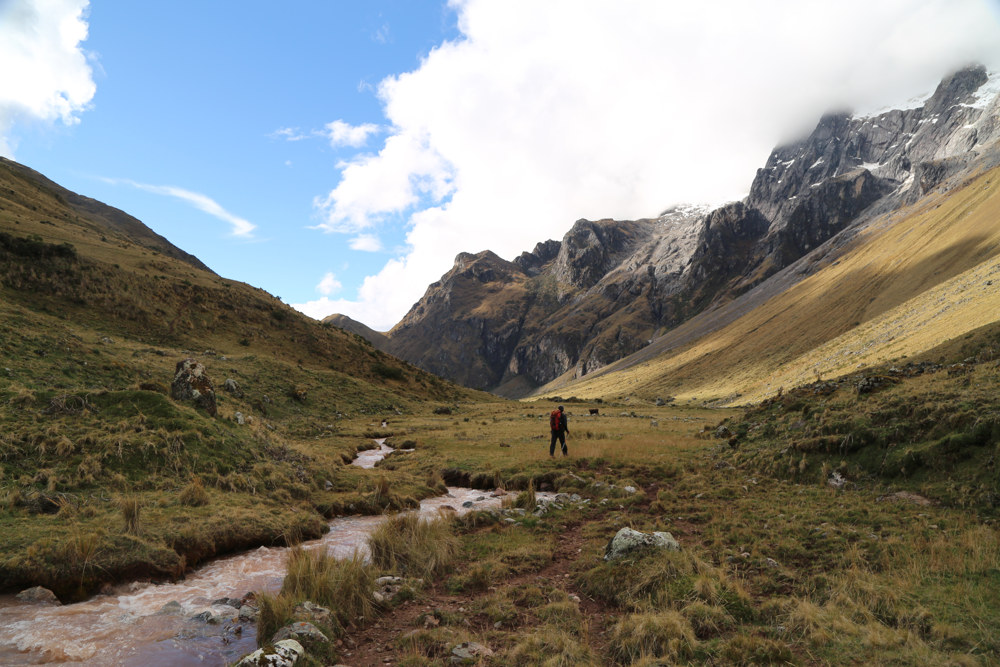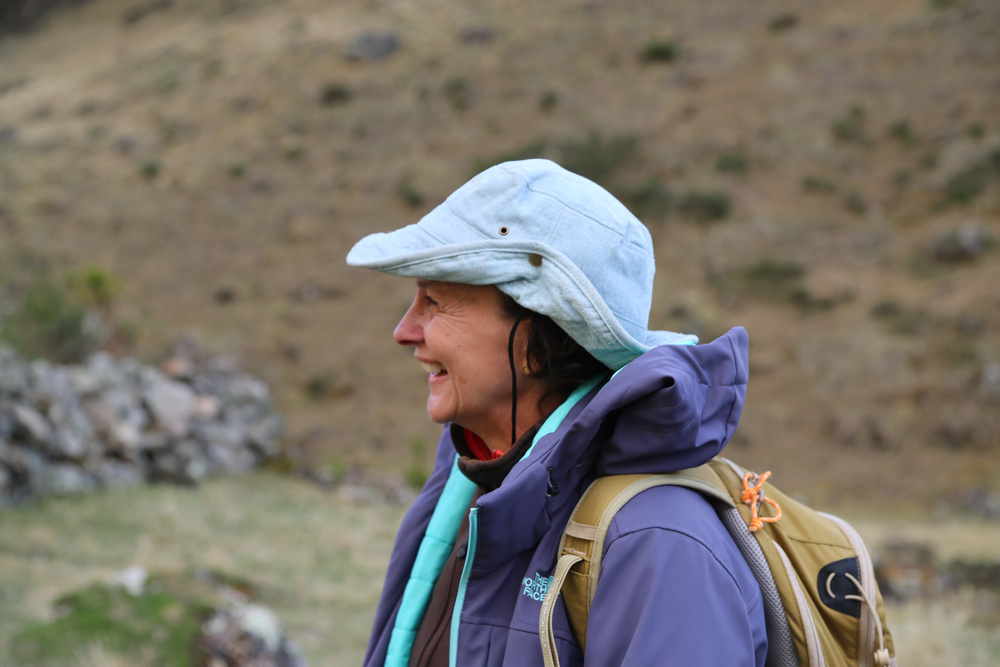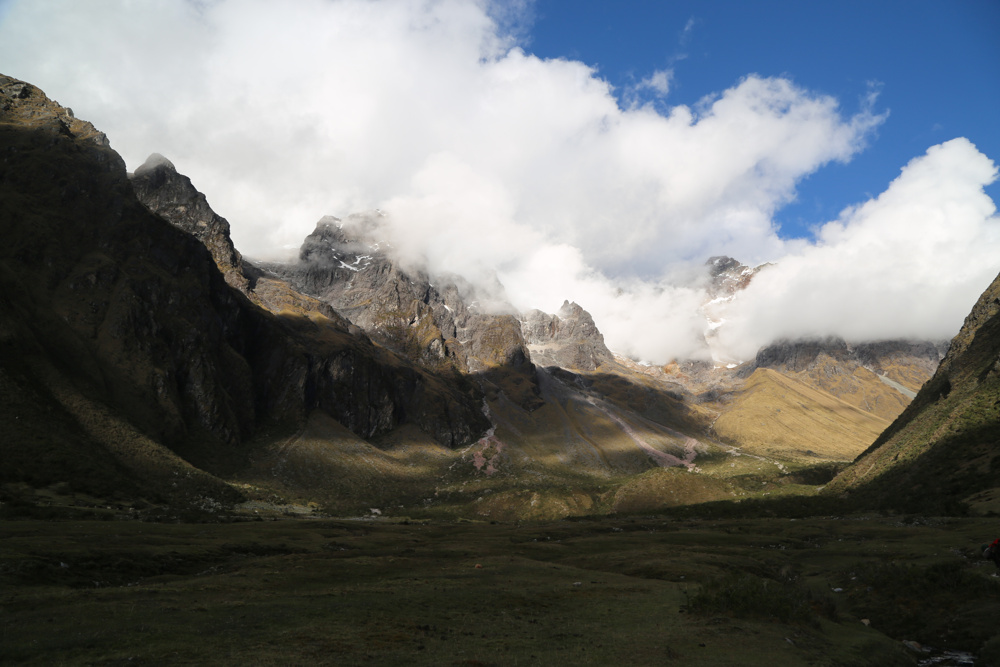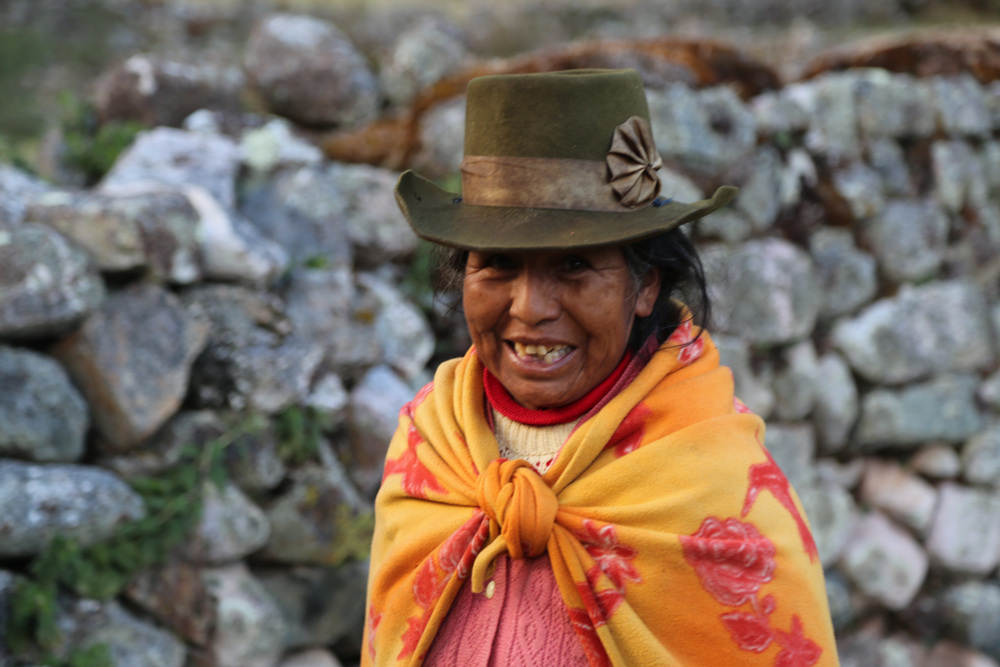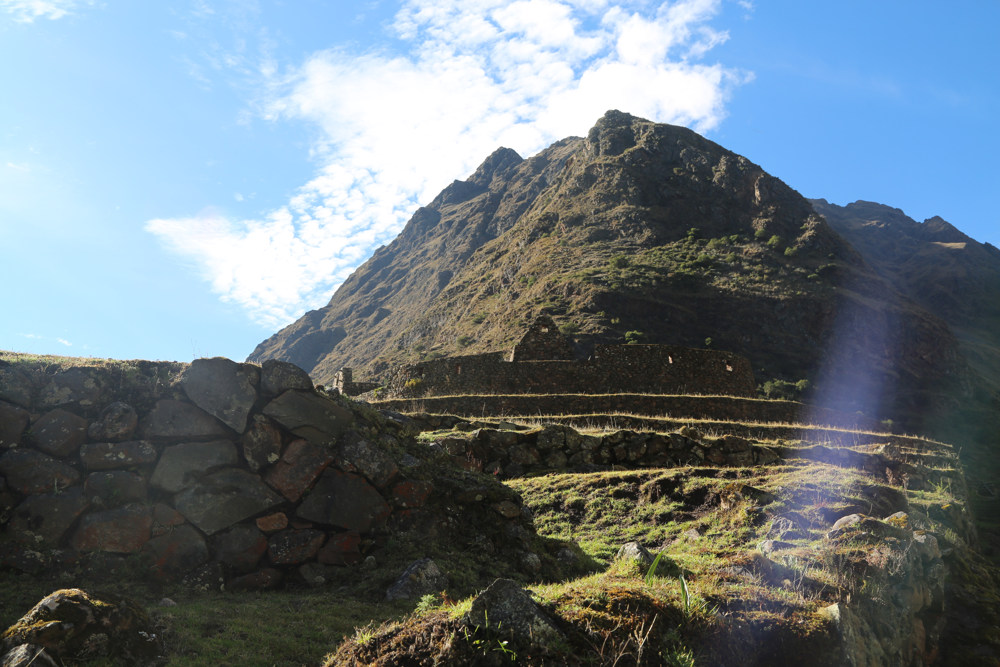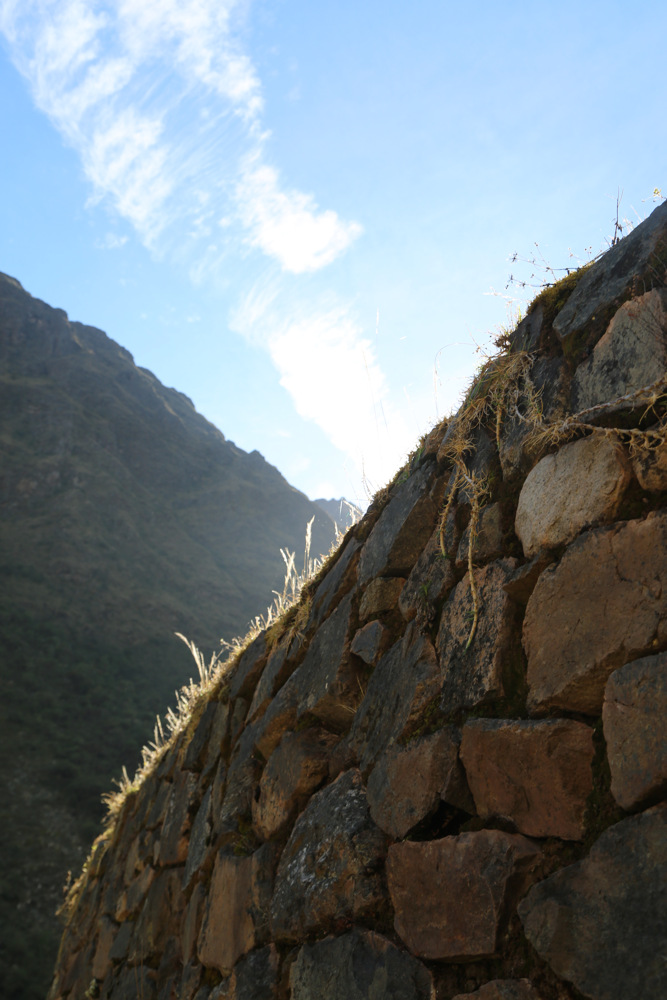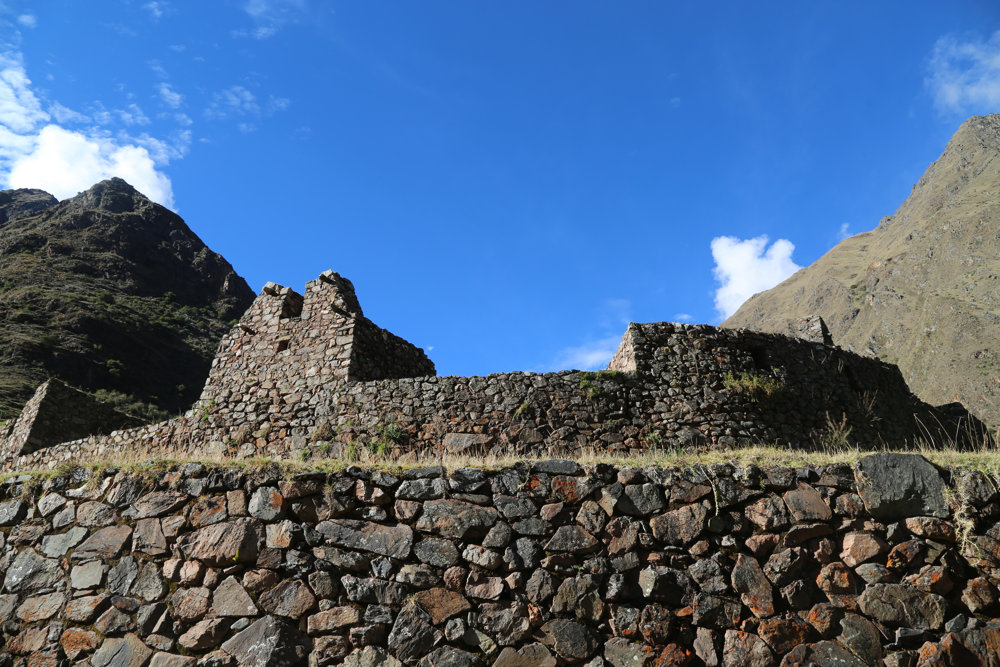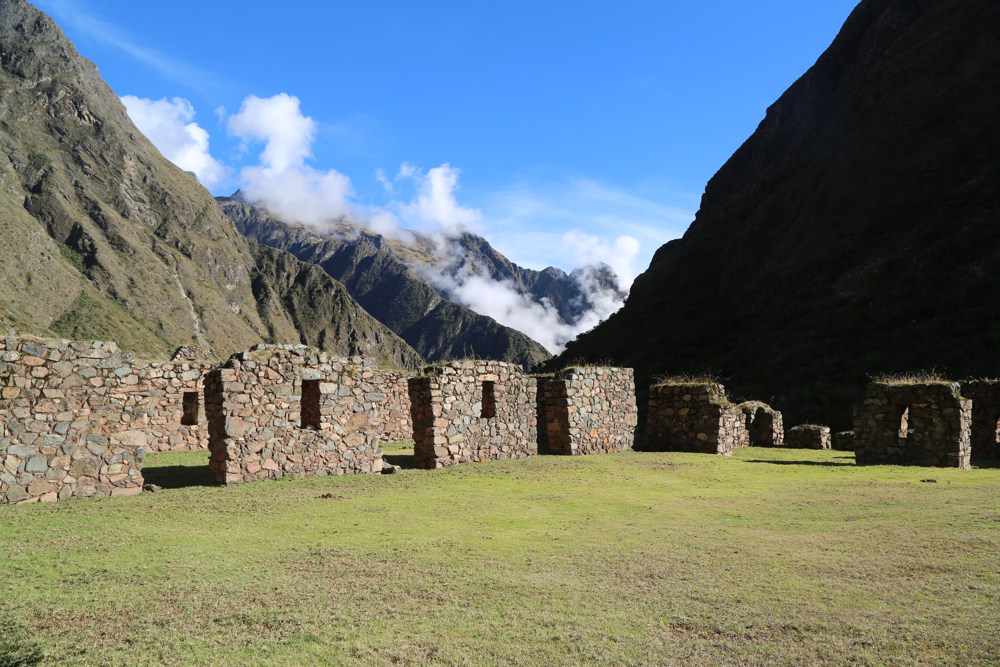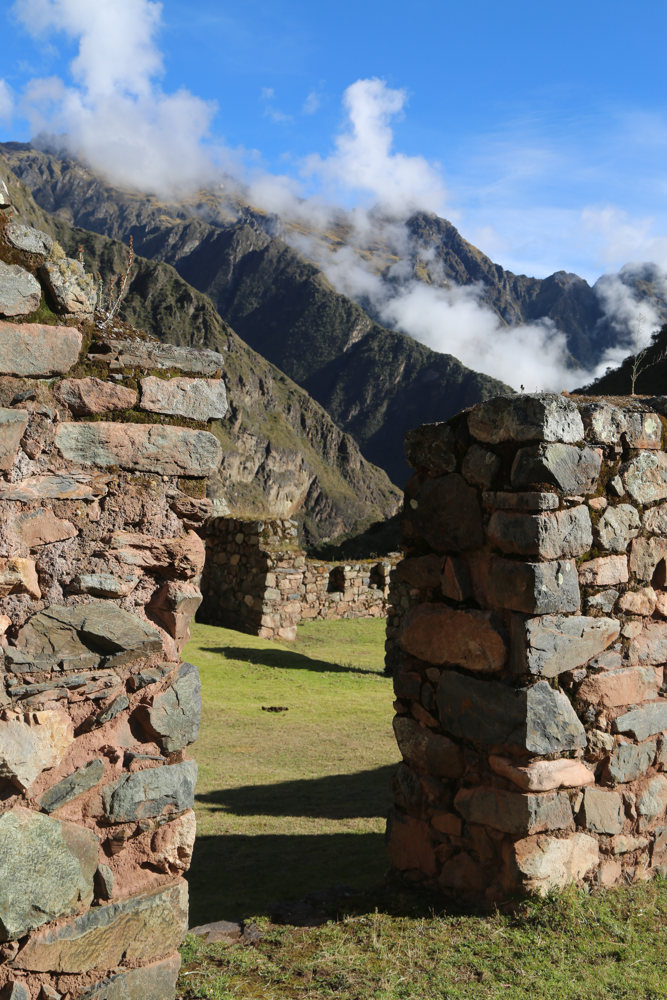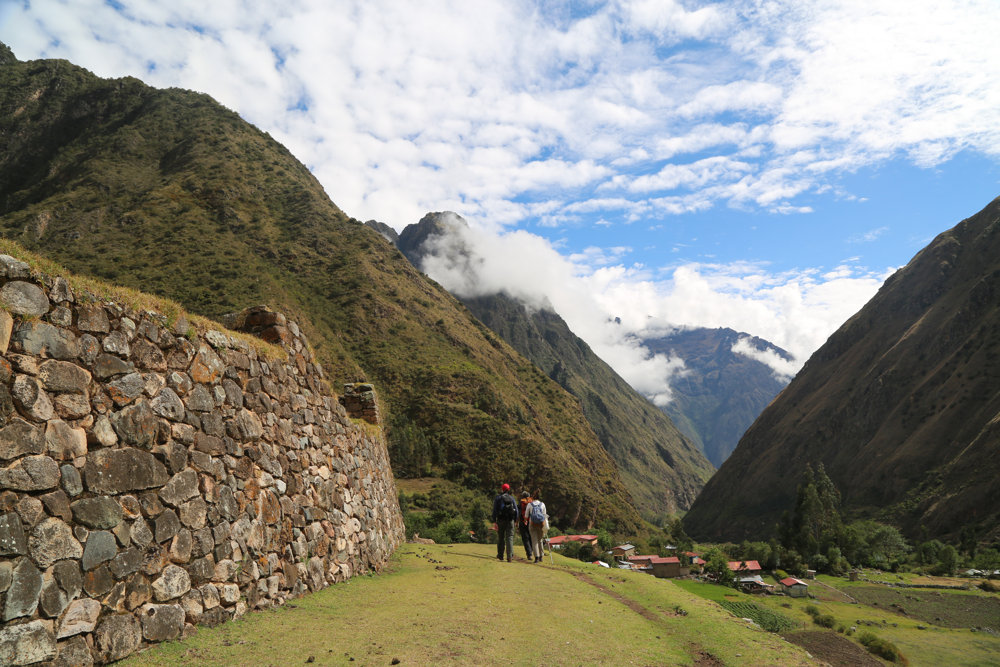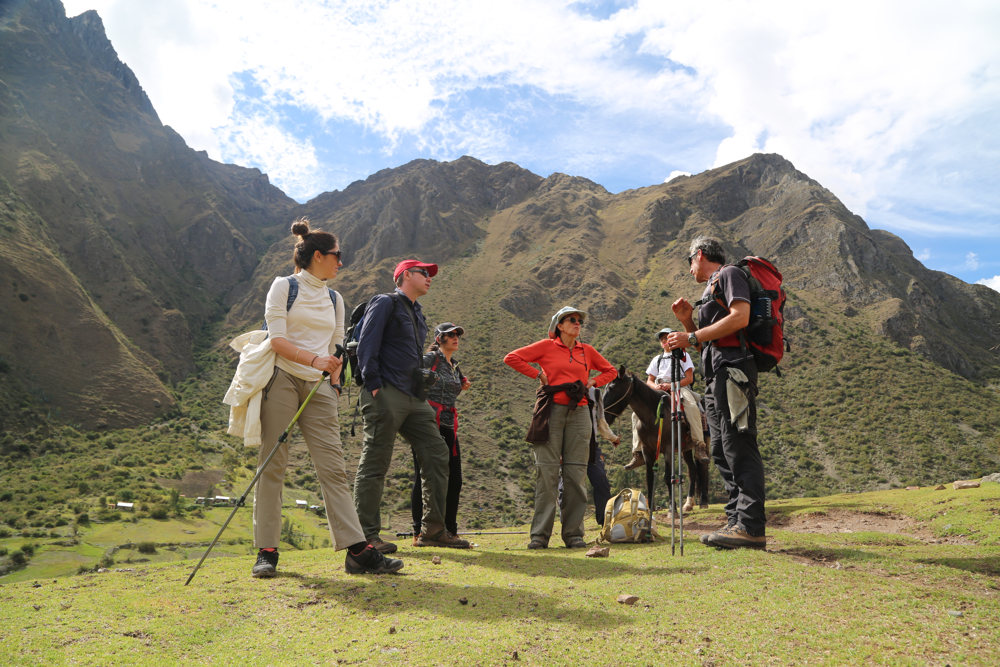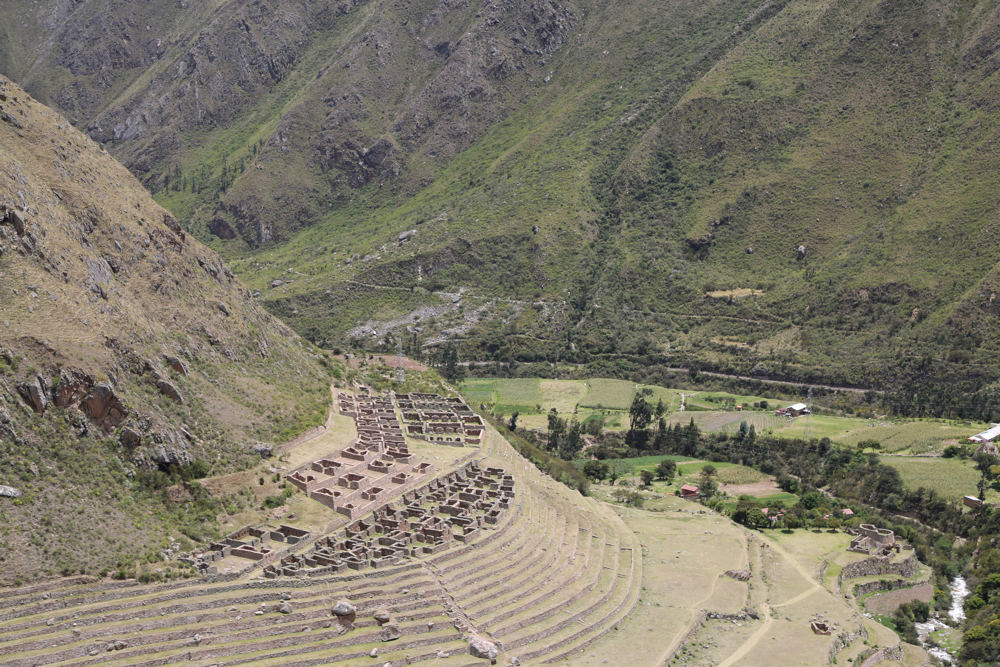In this story we want to explain Inca Trail alternatives we have explored. A way to tell you our adventure firsthand. Let’s go!
One of the great joys of my job is that I get to travel with my sixteen year-old son. This time the journey was a full three-day, two-night camping trek exploring a new potential route that could be an alternative route to the Inca Trail.
My son and I, joined by four Aracari colleagues: Marcella, Liz, Alexandra and Mark, met the team composed of our guide Sergio; Jessica and Monica who were in charge of the kitchen; Renato and his horse; and a team of seven strong men who were the muleteers ready to carry our personal luggage and all the equipment needed for such an adventure.
The meeting point was the Qamicancha community by the Silke River, not far from Ollantaytambo north of Cusco. Our destination: some the beautiful Andean lakes and mountains with altitudes as high as 4650m/15255ft above sea level.
Aracari’s Alternative to the Inca Trail
One of the most scenic and beautiful treks to Machu Picchu
DAY 1
started with a light walk through the agricultural fields of the nearby communities starting to climb a few hills where we were delighted to see the first bromeliads, wild orchids and native flora and water, water everywhere coming from very high in the mountains. After hours of beautiful changing landscapes, we reached the first clearing where we had our first meal of the trip. Lunch was served beautifully in a tent that had been set up for us. We were greeted with a hot towel to clean our hands and the very much needed mate the coca, the Inca’s traditional drink to cope with the altitude. After the hearty delicious hot lunch, we had a few more hours until we completed the 13 km/8 miles goal and reached 4300 m/14107ft above sea level. At this level the landscape is called Puna where it is so high and cold that very fee plants inhabit the place; there is not a single human in sight, only a few sheep and alpacas from far away and; in front of us: unlimited space, clean air, the closeness of the mountains and the beauty of nature untouched, raw and real.
Ancascocha, a stunning alternative and far less crowded
DAY 2
started after a warm shower, a great inauguration of our new service in the form of hot showers during treks. The shower was short but the water was very hot and it was very welcome!
The destination today was the lagoon of Ancascocha, the pass or Abra Huayanay and our campsite, right next to the Inca ruins of Paucarcancha. This was by far the hardest of the three days in part because we reached the highest altitude amidst a hail storm that left us with very little visibility. Thank goodness for Renato and his horse because I really needed a stronger partner climb up those slippery hills. All wet even wearing our ponchos and trekking gear, we reached Abra Huayanay, the highest point of the trek at 4650 mt / 15255 ft. My son pointed out that this “new point of view” was worth all the effort, the rain and the hours of walking up the hills. We could literally touch the sky and it was magical!
After a delicious lunch we started going down towards Qesqa River where we saw glaciers, a red mountain that has the potential of becoming the next Instagram destination and contrasting black hills that created a dramatic scenery. A few hills down we reached Paucarcancha, an Inca archeological site right next to our camp and all for us, empty and regal. So far all the meals have been not only delicious but healthy and balanced. My son agreed that they are on par with any of the great Lima restaurants which is possibly the highest compliment received.
DAY 3
was not as intense as the previous ones, although I did ride Renato’s horse as I had already become fond of him and we had a rhythm riding together. From Paucarcancha, we reached Huayabamba, Piscacucho and arrived KM 82 which is the start of the Inca trail.
With this new route and itinerary, an alternative trek to Machu Picchu, Aracari can accommodate those last-minute travelers who did not make their 6-month advance Inca Trail Reservation. it is also a perfect route for those interested in a private adventure where they can be alone with nature and the elements, off course with all the comforts and sustainable practices that Aracari provides.
These three days left me with profound gratitude for the path taken and an immense joy for being able to share the beauty and diversity of Peru in unexpected, untapped places yet with the service and experience of twenty years of doing what I love and still being surprised like the first time.
Do you want to know more? Take a look at other alternative treks to the Inca Trail.

